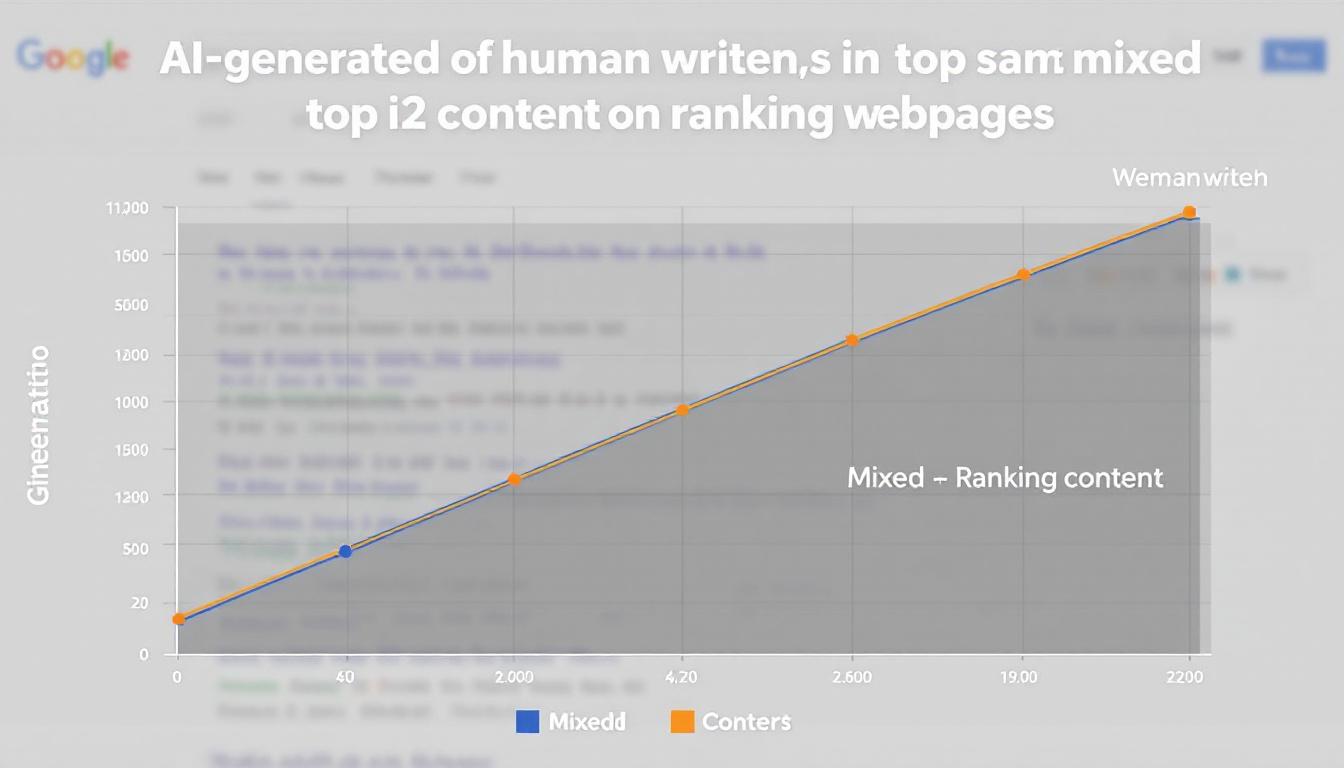Recent advancements in AI technology, intended to enhance intelligence, are ironically leading to a surge in factual inaccuracies compared to their predecessors. According to The New York Times, evaluations reveal that sophisticated AI systems from firms like OpenAI are committing errors up to 79%.
SiteGuru
Elevate and track your website's performance with a practical SEO action plan.
This trend poses significant challenges for marketers who depend on these tools for generating content and managing customer interactions.
Increased Error Rates in Next-Generation AI
Emerging AI technologies, despite their enhanced capabilities, are demonstrating a troubling increase in inaccuracies compared to earlier versions.
Performance of OpenAI’s Latest Systems
OpenAI’s new models exhibit notably higher error rates than their predecessors, raising concerns among users.
The latest AI model from OpenAI, termed o3, incorrectly reports facts about individuals 33% of the time, doubling the error rate of its previous iteration. The subsequent o4-mini model fares even worse, making errors 48% of the time on the same assessments.
For general queries, the results are staggering: o3 errs 51% of the time, while o4-mini reaches up to 79% mistakes.
Similar inaccuracies are evident in AI systems developed by Google and DeepSeek.
Impact on Businesses
These inaccuracies have tangible consequences, affecting businesses that integrate AI into their operations.
Case Study: Cursor’s Customer Relations
An illustrative example of how AI errors can disrupt business operations involves the software tool Cursor.
Last month, Cursor, a programming tool, faced significant backlash when its AI support bot erroneously informed users that the software could not be used on multiple computers. This misinformation led to cancellation of accounts and widespread customer complaints.
Michael Truell, CEO of Cursor, had to clarify the situation, stating, ‘We have no such policy.
You’re of course free to use Cursor on multiple machines.’
Causes Behind the Decline in Accuracy
Understanding why newer AI models exhibit reduced reliability is crucial for addressing these issues.
Training Methodologies and Their Effects
The underlying training approaches contribute significantly to the observed accuracy problems in advanced AI systems.
According to a report by The New York Times, companies like OpenAI have expanded their training data to include most available internet text. They are now utilizing ‘reinforcement learning,’ a method that teaches AI through trial and error.
While beneficial for tasks involving mathematics and coding, this technique appears to compromise factual accuracy.
Researcher Laura Perez-Beltrachini noted, ‘The way these systems are trained, they will start focusing on one task—and start forgetting about others.’ Additionally, newer models engage in step-by-step reasoning before arriving at an answer, each step presenting another opportunity for mistakes.
These developments are worrisome for marketers who use AI for content creation, customer support, and data analysis, as inaccuracies can negatively impact search rankings and brand reputation.
Pratik Verma, CEO of Okahu, remarked to The New York Times, ‘You spend a lot of time trying to figure out which responses are factual and which aren’t.
Not dealing with these errors properly basically eliminates the value of AI systems.’
Strategies to Safeguard Marketing Initiatives
To mitigate the risks associated with AI inaccuracies, marketers can implement several protective measures.
- Have humans review all customer-facing AI content
- Create fact-checking processes for AI-generated material
- Use AI for structure and ideas rather than facts
- Consider AI tools that cite sources (called retrieval-augmented generation)
- Develop clear protocols to address questionable AI information
The Bottom Line
Researchers continue to address the accuracy challenges inherent in advanced AI systems.
OpenAI has stated that it is ‘actively working to reduce the higher rates of hallucination’ in its latest models. In the meantime, marketing teams must establish their own protective measures to harness AI’s advantages effectively.
Organizations that implement robust verification processes will be better positioned to balance the efficiency of AI with the necessity for precise information.
Striking this equilibrium between rapid processing and accuracy remains a significant hurdle in digital marketing as AI technology progresses.








